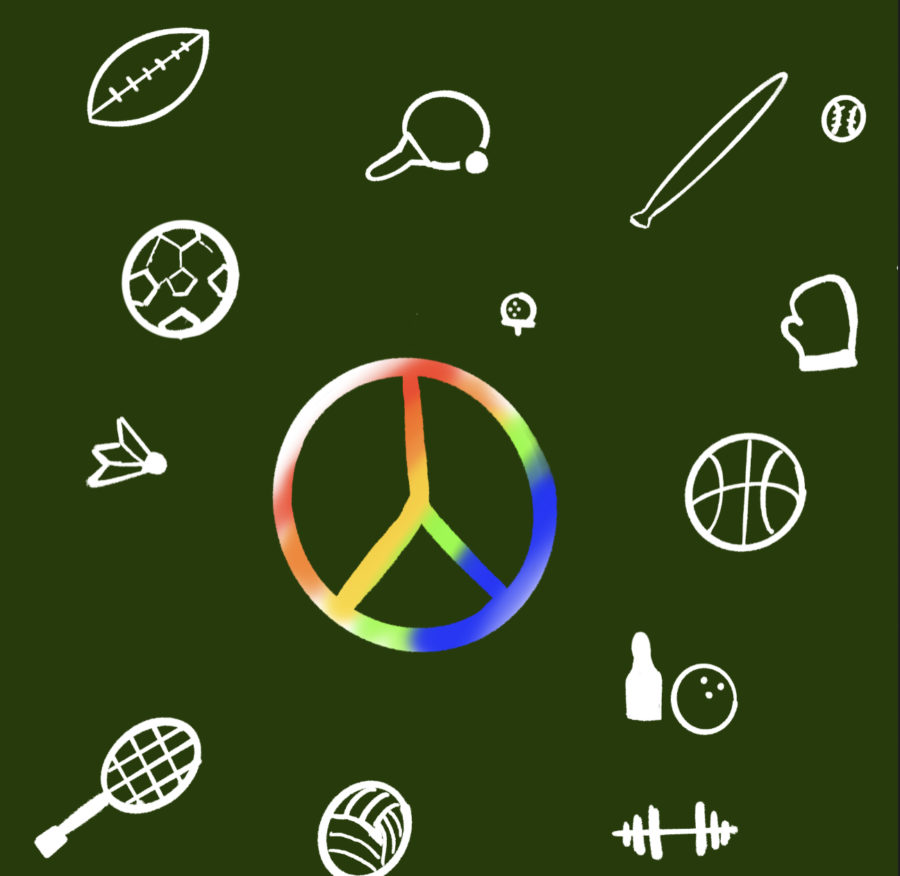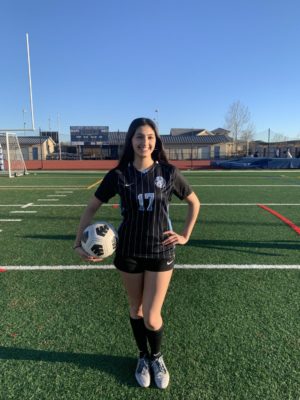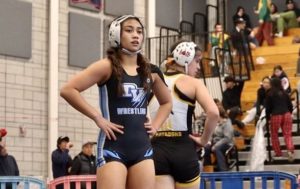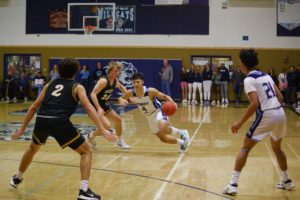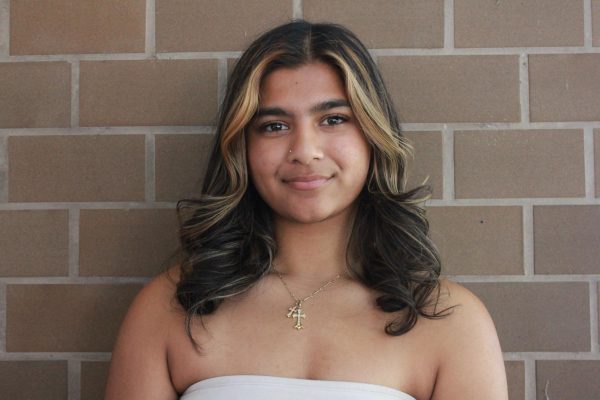Professional athletes are starting to come out, but what does that mean for student athletes?
Society has adapted over the years to support LGBTQ+ professional athletes.
March 28, 2023
Every day, professional sports show support for LGBTQ+ players, normalizing inclusivity in the athletic world. What was once considered taboo is now being celebrated; research by the Public Religion Institution Research shows that 69% of Americans support LGBTQ+ protection laws. Athletes have started to see this nationwide support translate into their own lives as they decide to live out their truth.
A decade ago, many queer athletes would not have been able to come out publicly due to violent attacks on the LGBTQ+ community. Just two years before same-sex marriage was legalized in the U.S., the FBI reported in 2013 that around 21% of all biased crimes were based on sexual orientation. In the 2014 Winter Olympics in Sochi, Russia, anti-LGBTQ+ laws prevented the gay speed skater Blake Skjellerup from competing for his country, New Zealand. Professional sports included an environment of pressure and perfection then and now. At a time when people were blatantly homophobic, there was a sense of fear to label your sexuality in professional athletics.
Before athletes were comfortable with coming out during their career, many famous athletes waited until after they retired. Examples include former NBA player John Amaechi, former MLB player Bill Bean and former NFL player David Marquette Kopay all came out after they retired. Known as one of the first openly queer professional athletes, Kopay came out in 1975, shortly after his retirement, and wrote about his experiences and identity in his novel: “The David Kopay Story: An Extraordinary Self-Revelation.” His book not only inspired players to come out themselves, but also showed them that they were not alone in their battle with both self and public acceptance.
Throughout history, famous athletes such as Billie Jean King, Michael Sam and Megan Rapinoe have come out publicly. Despite the support these celebrities received from fans, hate still followed.
When Michael Sam came out, he was greeted with support from fans and colleagues. But not everyone agreed. NFL athlete Don Jones, who plays safety for Miami Dolphins, commented on Twitter how “horrible” it was for Sam to kiss his boyfriend, Vito Cammisano, in public.
While homophobia is still the reality for many athletes, society has come far enough to now recognize and celebrate professional athletes that identify with the LGBTQ+ community as seen in the crowds of fans supporting queer athletes at games, in pride parades, and in national sports leagues. Many have gone out of their way to show support by fundraising and pinning pride flags on their uniforms.
However, when change happens in the big leagues, it trickles down to affect student athletes and the culture surrounding the LGBTQ+ community. When athletic programs in high schools and colleges look up to the professionals for insight, they have enough power to spark positive change or help create a toxic environment.
Kopay wished for a positive message from the NFL. In an interview with New York Times, he said, “I’d like to see the league or the players association issue a human rights statement in support of gay athletes. I’d like to see some way to reach out to all those high school and college athletes who need to talk to someone about their feelings.”
Student athletics and professional athletics affect each other equally. Professional athletes serve as examples and inspirations to most student athletes and coaches. But student athletes become professional athletes. The culture of school teams can translate directly into the way individuals act as teammates and players once they go professional. The change in one leads to a change in the other. That’s why it is crucial in the step of support and acceptance that pro athletics lead by example, and student athletics carry out that culture in the future. At DVHS, sports programs have taken steps forward to create a culture of acceptance.
Sophomore Devi Govindarao finished her first season on the junior varsity cheerleading team this year. The summer before her sophomore year, Govindarao came out as a transgender woman. However, she transitioned after she had already tried out and made it on the cheer team.
“I knew I had a schedule in my mind. I was like, ‘I’m going to come out in the summer. Shoot, how does this fit into cheerleading?’ I had a talk with the coaches, and they were extremely supportive,” Govindarao said. “They were extremely supportive with helping me out with uniforms, the name change, everything, and they just were amazing.”
Govindarao found that her experience was seamless. Even with the initial fear, she immediately felt support after coming out to her coaches and teammates. Her cheer coaches helped her with the transition over the summer. Come fall, she was excited to be a part of the team and community she started to look at like a family. Govindarao found her experience overwhelmingly positive and enlightening. On top of acceptance, she found confidence and self-assurance in her position on the team. Govindarao recalls the moment she felt most assured of her identity.
“The first game, we wore our cheer uniforms to school,” Govindarao said. “Something about that was, one, just very gender-affirming. And two, you could see your teammates in the halls. It was like ‘we’re all in this together.’”
Regardless of the progress, though, many queer athletes, Govindarao included, feel that there is still more to be done. Athletes are still being discriminated against because of their gender and sexual identity on their teams on a nationwide scale, especially with many trans athletes banned from participating in their sport.
“You see how much progress we’ve made, then you also see how things are taking a step back,” Govindarao said. “We have to continue that fight, because we’ve made a lot of progress but there’s definitely more that [needs to be done].”

